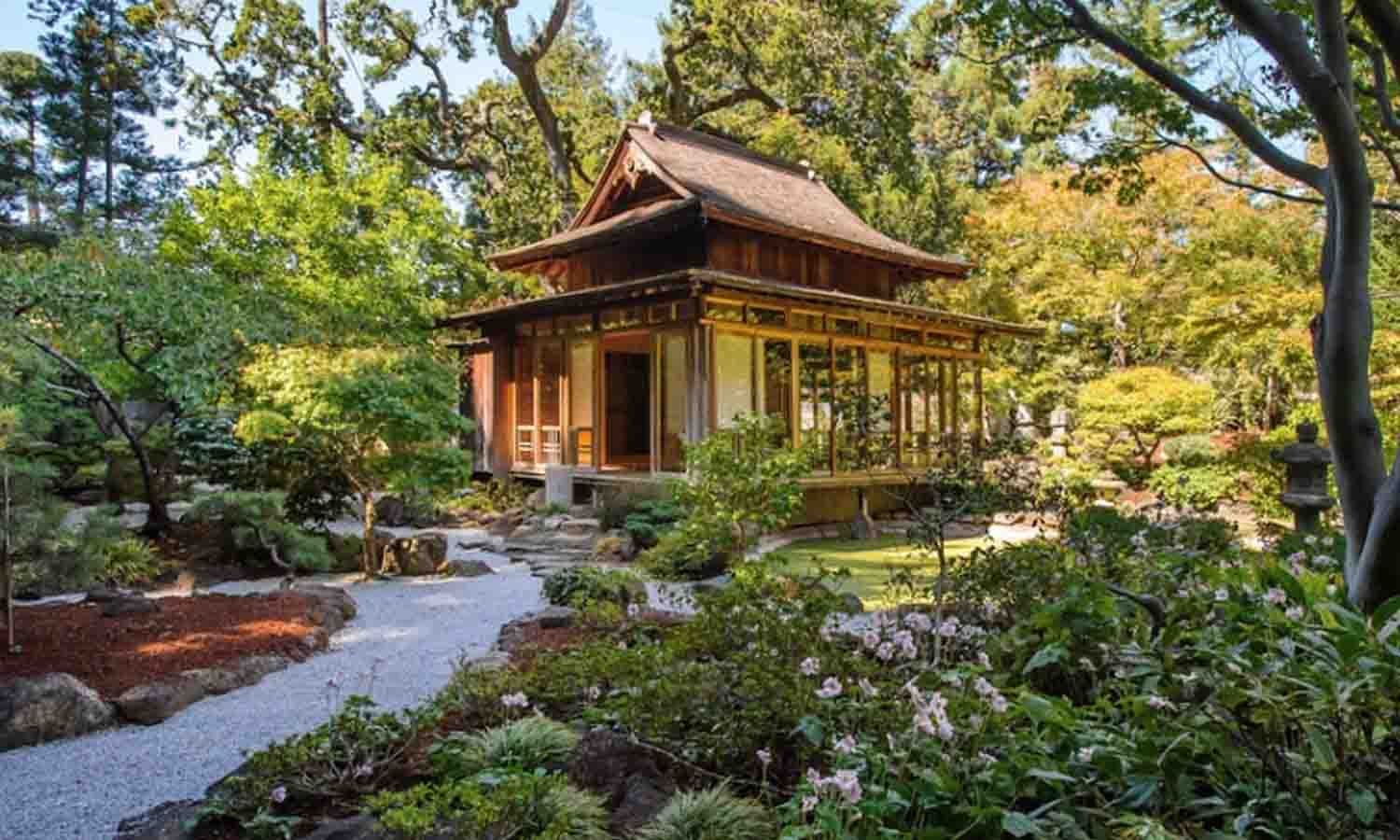While people have been enamored with French or English style gardens one of the fastest growing trends for landscaping is Japanese garden architecture. Traditional Japanese gardens are a symbol of nobility. It replicates gardens that the emperors used to have in their palaces. The designs are composed in such a way that they invoke a sense of “Zen”.
These designs tend to be highly conceptualized and often includes miniature idealized landscapes often represented in an abstract way. Japanese garden architecture composition is basically designed to invoke a sense of peace, harmony, and tranquility. Its aim is to connect you to nature, making you one with the flow of mother nature.
Unlike regular gardens, Japanese gardens are designed in a way so that buildings are hidden. This is to create a mystery when in the garden. There are a few different elements that make up a traditional Japanese garden. The following passages are about the elements in a Japanese garden.
Stones, Gravel and Sand
These materials have been ingrained in Japanese culture for thousands of years. Rocks used to be a symbol of prayer for the Japanese in ancient times. While Stones and gravel were used to make Shinto shrines and Buddhist temples. The rocks, sand, and gravel symbolize the mountains and hills.
These are used to accent the design and also they serve as the building material for pathways and bridges for the garden. Within the dry gardens the stones, sand, and gravel represent mountains, islands, and waterfalls.
Japanese culture has always been a tranquil spiritual culture. And they share a special bond with the land. This why they incorporate earth into their design to be in touch with the spirit of the land.
Water
One of the most encapsulating things about Japanese garden architecture is the way it captures the essence of water. The designs are made in such a way that nature is emboldened and becomes distinctive. This means that people connect more with nature which instills a sense of tranquility amongst them.
You can always find a pond or stream in a Japanese garden. Even in dry gardens water is represented. The white sand is used to represent water. The use of water and rocks are of great importance as they represent Yin and Yang in Buddhist symbolism.
Islands and Bridges
Island and bridges are another of the traditional mainstay in Japanese architectural garden elements. Islands within a Japanese garden range from a single boulder to large islands that can support buildings. While these are used to represent health and longevity they also represent Horai, a sacred mystical mountain.
This is a part of Japanese culture that the design always implores. You can also find bridges within the gardens. From single uncut boulder slab to intricate wooden bridges the garden architecture of the Japanese features it all. These are very commonly used and vary according to the wishes of the one designing and money involved in the landscaping.
Stone Lanterns, Water Basin, And Vegetation
Stone lanterns started out by lighting up the way up to the Shinto shrines in Japan. Later the lanterns were integrated into gardens for mainly aesthetic purposes also to instill a sense of spirituality. You can find these lanterns beside the water basin or fountain. These water basins or fountains are there to increase the visual aspect of the garden.

Along with this, the basins are vital for cleansing rituals during the tea party ceremonies celebrated by Japanese culture. The arrangement of the vegetation within the Japanese gardens are something to behold as well. They put great effort and care to make sure that everything looks a certain way so that it does not disrupt the harmony.
Mosses are cleanly swept of debris and lawns are manicured smoothly so that nothing seems out of turn. Usually, trees are used to hide unsightly buildings and other structure. This way there is always something serene as a backdrop to the garden.
Simply Serene
So there you go, these are the key elements found in Japanese garden architecture. If you are going to work on one, then I suggest you do some ample research and make sure you get the design and appearance perfect before proceeding. This way you will also be able to tune in to the spiritual essence of Japanese culture.

Leave a Reply